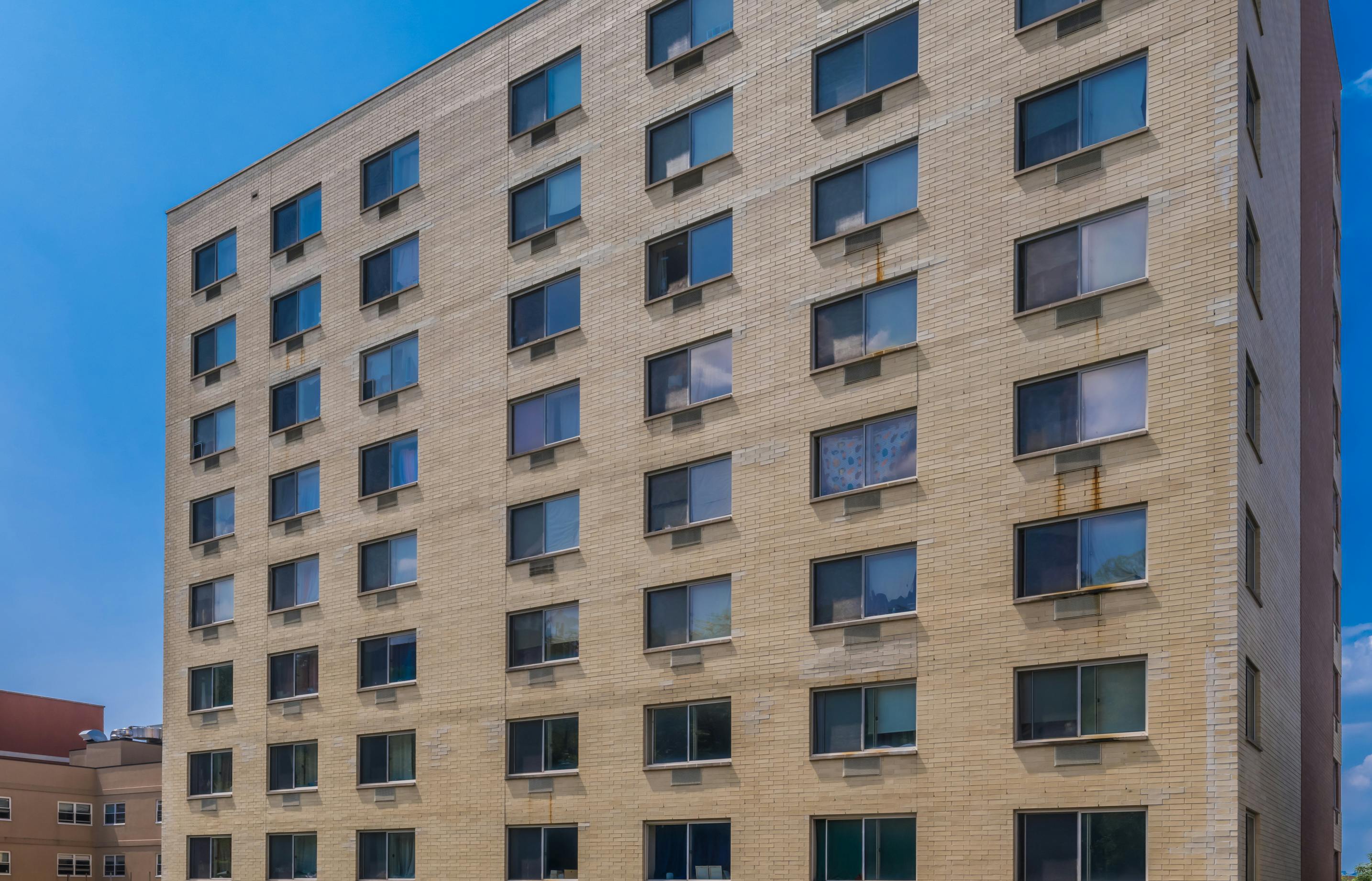Affordable Aspirations: The Challenges and Promises of New York City's Mixed Income Market Initiative
Written by: Lev Kimyagarov, Managing Principal and Co-founder at Development Site Advisors®
New York City's Mixed Income Market Initiative (MIMI) is an ambitious effort to spur new housing development by requiring that 70% of units in these projects be affordable. This initiative aims to catalyze housing growth, but its practicality and balance warrant scrutiny.
For developers, particularly in affluent neighborhoods, MIMI poses a financial dilemma. These areas typically attract investment due to the high profits from luxury condos. MIMI's mandate for a substantial portion of units to be affordable alters this equation, potentially making these projects less financially appealing compared to condo developments. This aspect casts doubt on MIMI's effectiveness in promoting diverse neighborhood development.
MIMI's structure, which demands diverse income representation, mandates at least 25% of units for extremely-low to very-low income households, including 15% for the formerly homeless. Despite HPD subsidies for each affordable unit, concerns arise. The requirement for 70% of units to be affordable at or below 120% AMI, paired with the stipulation for rents to be 20% below market rates, may unintentionally skew development towards less affluent areas. This skew could undermine MIMI's goal of widespread socio-economic integration, leading instead to economic segregation.
The intentions behind MIMI are indeed laudable, aiming to bridge socio-economic divides in the city's housing landscape. Yet, its implementation and the potential repercussions on neighborhood diversity, especially in high-value districts, require a thorough reevaluation. The effectiveness of MIMI in overcoming the existing economic barriers within New York City's real estate market remains an area of significant concern and skepticism.

